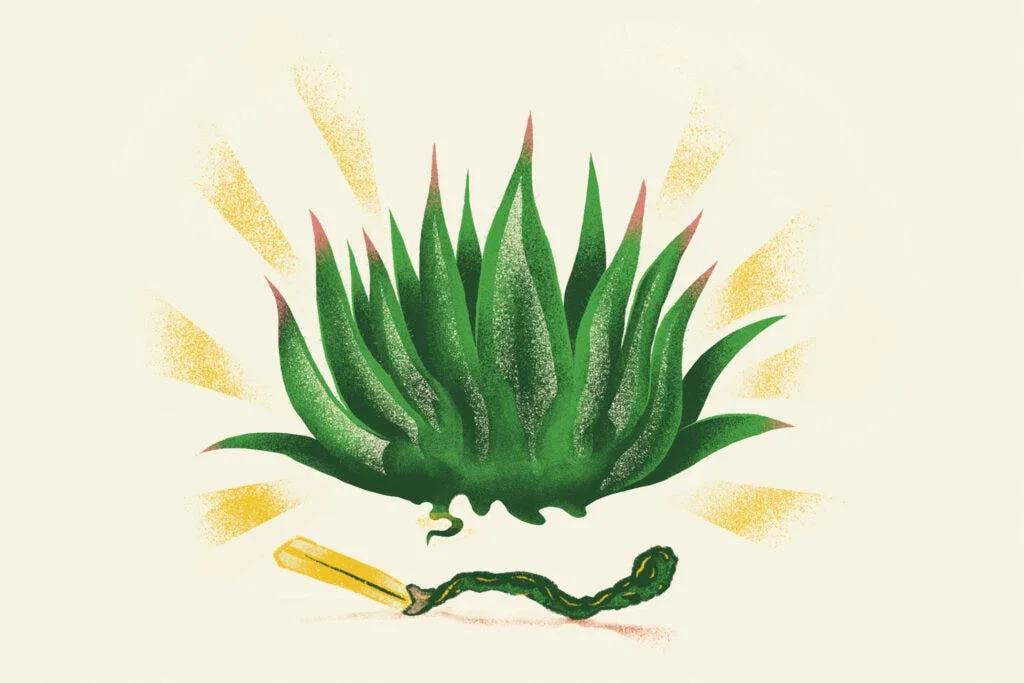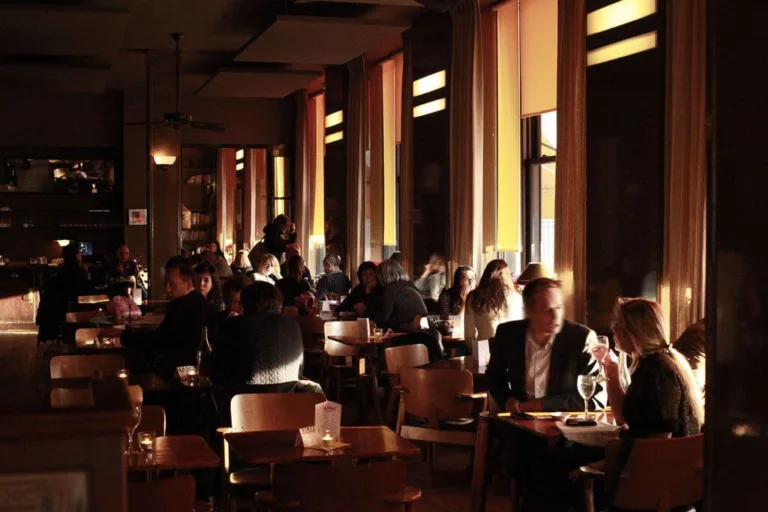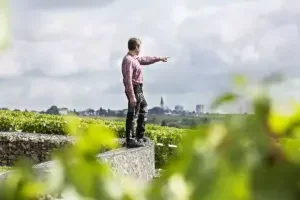Spiky agave plants grow by vineyards, along scrubby hillsides, near the Pacific coastline, in residential front yards. It’s not the arid fields of Mexico, but a new set of horizons: California agave.
It’s still early days for “Mezcalifornia,” as some have jokingly dubbed the state’s burgeoning agave industry. Agave spirits produced outside Mexico can’t legally be called mezcal or tequila. But already, small batches of California-made distillate show glimmers of promise, with wild, far-ranging floral, vegetal, smoky or mineral flavors reminiscent of mezcal.
Right now, it’s challenging to get your hands on a bottle. But eventually, California agave will be coming your way.
If it weren’t for climate change, there might not be a Mezcalifornia.
You May Also Like: Your Guide to Mezcal—And Why Agave Type Matters
“We’re desperate for water out here,” says Alec Wasson, executive director of the California Agave Council, a trade organization of growers and distillers. “Over the last 20 years, it’s been trending less and less water. That’s how we got into agave.”
Some growers have turned to drought-resistant agave to supplement or replace crops that require lots of water; others are using the succulents as a firebreak, as increased wildfires have threatened the state’s agriculture.
Of course, California isn’t the only U.S. state working with agave: Texas, Arizona and New Mexico, among others, are also working with the plants, and other countries around the world are growing agave, too. But California is clearly at the forefront, in large part due to
This Article was originally published on Wine Enthusiast




